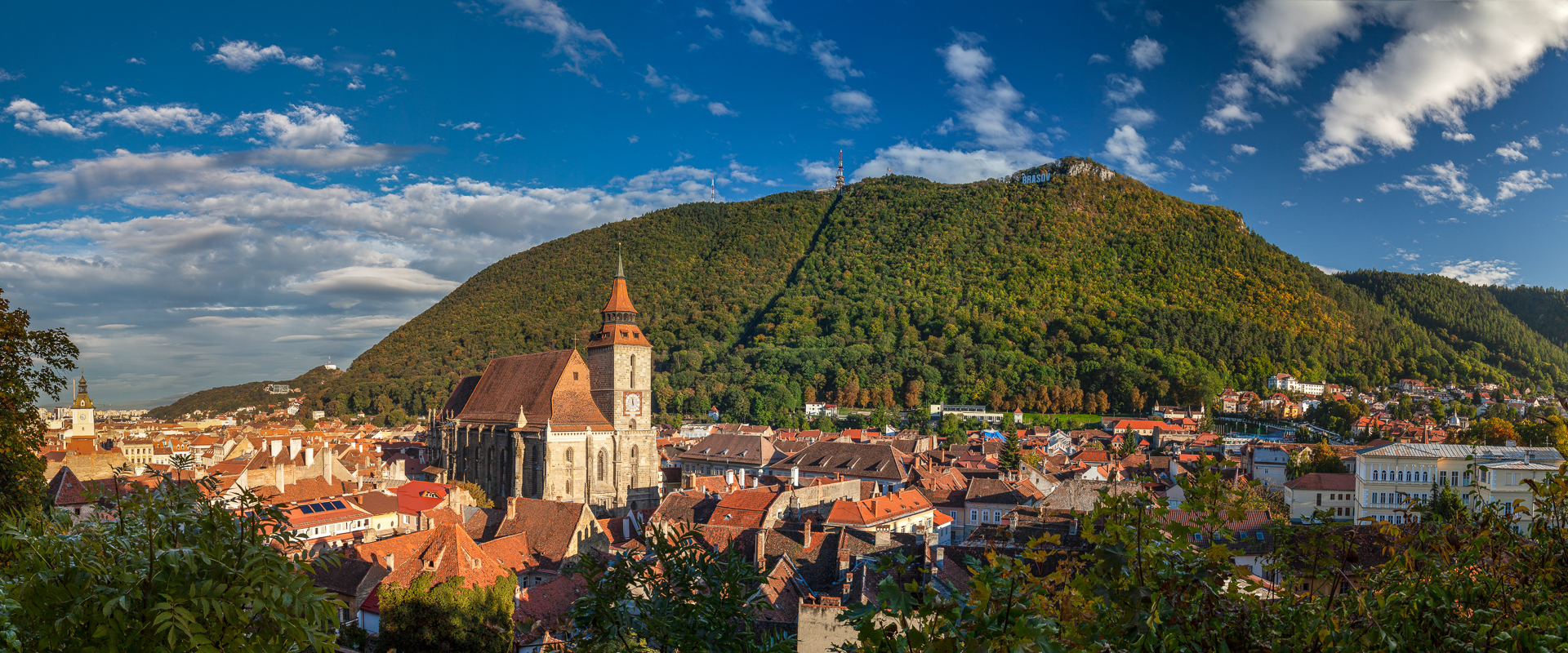
Brasov
Standard Public Transport and Ride Sharing
Romania
The Brasov Metropolitan Area is situated in central Romania, north of Bucharest (NUTS 3 Region). It consists of 18 local communities and has a total population of 472.777 inhabitants. The mobility pattern of the Brasov’s Metropolitan Area inhabitants is predictable; most citizens commute from their localities to the centre of Brasov for their leisure activities or to work, study and access healthcare facilities. However, owing to the scarcity of the public transport offer in rural areas, they do so by using their own cars. This has exponentially increased the pressure on the road infrastructure and the traffic levels in the highways that connect the rural communities to the city centre of Brasov while it has also caused parking spots to become a commodity with high value. To present, the traffic levels in Brasov are alarming and have even become a part of the electoral agenda.
Objectives
The objective of the Brasov demonstrator is to test rural mobility solutions in rural communities that are part of the Brasov Metropolitan Area based on a community building approach. The focus will be on using public transport regular services instead of private cars combined with alternatives such as DRT, carpooling, cycling to transport hubs, etc. The approach is to support rural community members in acknowledging their role and responsibility in the problem (traffic congestion, air pollution) and in defining the solution that best answer to mobility needs and territorial challenges.
Description of actions
Brasov has decided to deploy an array of modern mobility concepts including BRT, DRT, cycling to transport hubs, carpooling, etc. The plan is to work with local communities involved in the demonstrator and work on community building in order to allow community members to acknowledge that each individual is part of the problem but most of all also part of the solution. carpooling platform as part of the solution. The use of online platforms will be encouraged as it will allow a digitally literate generation to use technology to improve their own quality of life and help reduce traffic congestion levels and air pollution.




